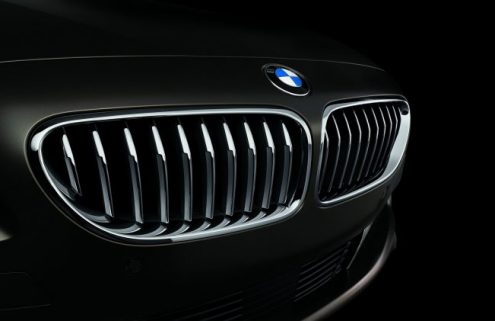Over the years, the styling of BMW cars has produced a host of design icons which have become synonymous with the brand as a whole and, in some cases, signature features of individual models. Collectively, these iconic elements have helped shape the identity of the brand and its cars.
Front end.
A kidney-shaped radiator grille and twin circular headlights “sawn off” along the top define the front end of a BMW. These distinctive “facial” features ensure that a BMW is clearly identifiable even without the brand logo on display.
Kidneys.
The two-part, rounded-off radiator grille – known as the kidney grille – was established as an iconic feature of BMW cars in 1933. This design element has been a fixture across all the brand’s model series since 1935.
Focused look.
The brand’s hallmark twin circular headlights are “sawn off” across the top, creating the distinctive focused look over the road ahead.
Proportions.
The proportions of BMW cars have become a hallmark feature. A long wheelbase, long, sweeping bonnet and set-back passenger compartment generate a feeling of dynamic urgency before the car so much as turns a wheel. In other words, a BMW needs only a single glance to tell you what it’s all about: Sheer Driving Pleasure.
Hofmeister kink.
The Hofmeister kink – the counter-sweep at the foot of a BMW’s C-pillar as it meets the body – was named after Wilhelm Hofmeister. The former BMW Body Design Director first introduced this styling cue to BMW cars in 1961. The Hofmeister kink emphasises the car’s dynamic, forward-surging stance and hints at BMW’s traditional rear-wheel drive.
Window design.
The side windows of a BMW, with their chrome-coloured surrounds and black B-pillars, recall the styling of classic coupés. Their long, low-profile design enhances the dynamic appearance of a BMW.
Swage line.
The customary swage line of a BMW divides the car’s body and is a defining element of its side view. The designers use the swage line to enhance or dilute the wedge shape of the brand’s various models. The car’s door handles are integrated into the swage line, allowing its lavishly contoured surfaces to be showcased even more effectively.
L-shaped rear lights.
The L-shaped design of the rear lights underlines the width of the rear end, which in turn visually enhances the car’s presence and stability.
Driver-focused design.
Important operating and control elements in the instrument panel and centre console are angled visibly towards the driver, putting them directly within reach.





Author: Horatiu Boeriu
Source: http://www.bmwblog.com/2012/03/01/bmw-design-icons/


